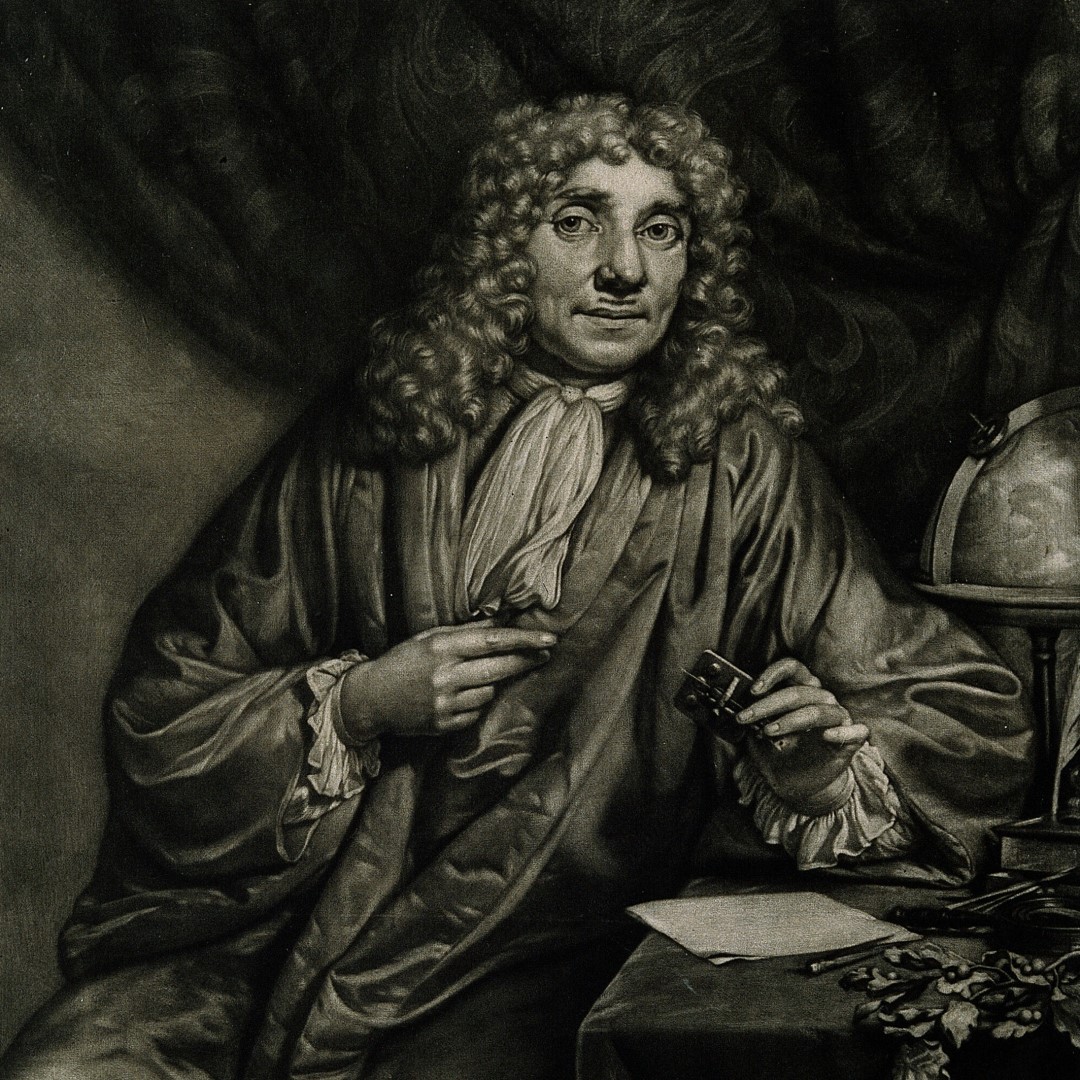
Antonie van Leeuwenhoek reported microscopic observations on mold, parts of a bee and a louse
On Sept. 17, 1683, Antonie van Leeuwenhoek, known as “the Father of Microbiology” wrote to the Royal Society reporting the microscopic observations on mold, parts of a bee, and parts of a louse. The original letter is lost, but its contents are known from the report published in Philosophical Transactions.
In this report to the Royal Society, he described his microscopical observations on the plaque isolated from his own teeth: moving living “little animalcules” (bacteria), and other microorganisms. However, it remained largely unknown that Antonie van Leeuwenhoek was also an active “popularizer” of his scientific observations, leading to his fame as a key figure in E.T.A. Hoffmann’s fairy tale.
The Dutch scientist and entrepreneur van Leeuwenhoek was the first to discover and describe microorganisms (protists, bacteria), living beings he characterized as “animalcules” (little animals). Using single-lensed microscopes created for his own, private research, he was able to see and draw microbes for the first time in the history of biomedical sciences.
Tags:
Source: U.S. National Library of Medicine
Credit:
